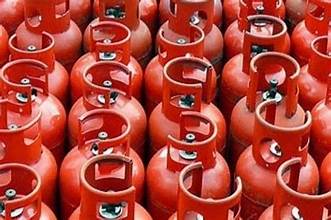In the dynamic world of energy economics, the start of 2024 has brought about notable changes in the pricing of Liquefied Petroleum Gas (LPG) and aviation fuel, impacting both household consumers and the aviation industry. These pricing adjustments reflect broader economic trends and hold significant implications for various stakeholders.
LPG Pricing Trends: A Closer Look at the Numbers
LPG, a critical energy source for households and businesses alike, has seen a marginal decrease in prices, particularly in the commercial sector. As of January 1, 2024, oil companies have announced a reduction of 1.50 INR per 19 kg commercial LPG cylinder. This price adjustment is immediately effective, offering some relief to commercial users. However, it’s important to note that the prices of domestic LPG cylinders, a staple in many homes for cooking, remain unchanged. This implies that the average household will not directly benefit from these recent pricing adjustments.
A historical perspective reveals interesting patterns in LPG pricing. For instance, on December 1, 2023, the price of a 19 kg Indane gas cylinder in major Indian metros like Delhi, Kolkata, Mumbai, and Chennai was 1796.50, 1908, 1749, and 1968.50 INR respectively. These figures underwent a slight decrease by January 1, 2024, with prices dropping to 1755.50, 1869, 1708.50, and 1924.50 INR correspondingly. This trend contrasts sharply with the significant price drop witnessed on January 1, 2019, a notable election year, when the cost of a 14.2 kg non-subsidized LPG cylinder decreased substantially across major cities.
Aviation Fuel Pricing and Its Implications
The new year also brings good news for the aviation sector, as Oil Marketing Companies (OMCs) have slashed the prices of aviation fuel significantly. This move, marking the third consecutive reduction, suggests a potential decrease in airfares, making air travel more accessible to the general public. The reduction of approximately 4162.50 INR per kiloliter in aviation turbine fuel rates could invigorate the aviation industry, which has been navigating through challenging economic landscapes.
Understanding the Broader Economic Context
These pricing decisions are not isolated events but are deeply intertwined with global and local economic factors. The LPG pricing strategy, for instance, is often influenced by international crude oil prices, currency exchange rates, and domestic policy decisions. Similarly, aviation fuel prices are subject to the vicissitudes of the global oil market, geopolitical events, and supply-demand dynamics.




